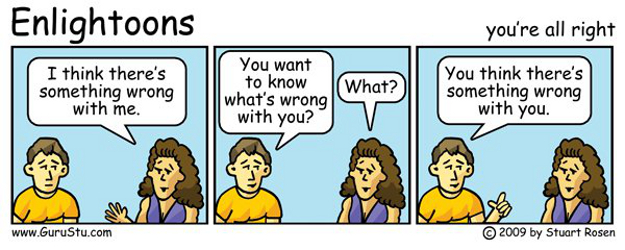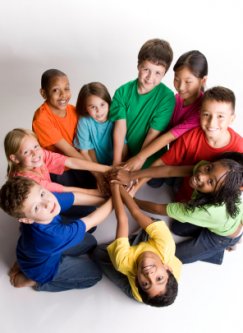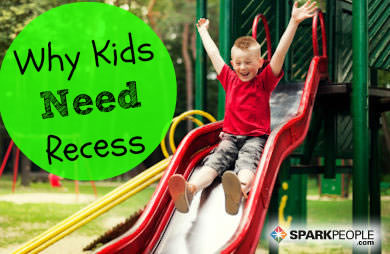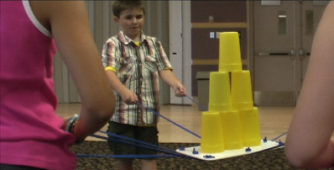 It’s that time of year again. Everyone you know will start talking about
their “New Year’s Resolutions”. With
great intentions, everyone will make a list of what they plan to do that will
make this year different than every year before it. Be careful though, studies have shown that 3
out of every 4 people, yup that’s 75%, give up on their resolutions within
three months! If you don’t want 75% of
your group to give up on their resolutions, read on for simple tips to help
avoid falling into this trap.
It’s that time of year again. Everyone you know will start talking about
their “New Year’s Resolutions”. With
great intentions, everyone will make a list of what they plan to do that will
make this year different than every year before it. Be careful though, studies have shown that 3
out of every 4 people, yup that’s 75%, give up on their resolutions within
three months! If you don’t want 75% of
your group to give up on their resolutions, read on for simple tips to help
avoid falling into this trap.Let me start by saying that I’m just like you. Every new year I think about what will be different this coming year. I’m excited by the prospect of positive change. Sometimes I even write down 3-5 specific things I will do differently. January is always a refreshing month. For the first few weeks I make changes, and they work! I feel great! But then life catches up. I fall behind on a project, or I get sick, or I get lazy one day, or I over-commit myself to too many responsibilities. Ultimately, something happens and old habits start to resurface. By March, I’m right back to where I started.So, how can we avoid this trap? Simple, make your New Year’s Resolutions a team effort. Ever notice that going to the gym with a buddy is always more likely to happen?! When you count on someone else AND someone else counts on you, you are much more likely to follow through! Here’s a simple 5 step process to Team New Year’s Resolutions you can follow:
Step 1: Pick your team
Anywhere from 2-4 people is suggested. Can be family, co-workers, classmates, etc.
Step 2: Pick your resolutions
We suggest that you pick resolutions that you can all agree on. We also suggest that you only pick 3-5 resolutions.
We suggest that you pick resolutions that you can all agree on. We also suggest that you only pick 3-5 resolutions.
Here are some possible team resolutions you
might consider:
·
Do something you love every day
·
Give each other positive
feedback every day
·
Learn/Try something new
together every week
·
Be physically active for at
least 30 minutes every day
·
Tidy your {home, office, class}
for 15 minutes every day
Step 3: Do it!
Once you’ve chosen your team resolutions, make a plan for implementation. Trying to take on all of your resolutions at once may be too difficult. Make a schedule and set goals. Make sure your goals are SMART (Specific, Measurable, Attainable, Relevant, Time-bound).
Once you’ve chosen your team resolutions, make a plan for implementation. Trying to take on all of your resolutions at once may be too difficult. Make a schedule and set goals. Make sure your goals are SMART (Specific, Measurable, Attainable, Relevant, Time-bound).
Step 4: Hold each other accountable
This is the key step! This is why so many people fail with resolutions. It’s so easy to tell yourself that you will just go to the gym tomorrow instead (which in my experience never happens either!) If everyone has the schedule and goals documented and you check in with each other regularly, you are far more likely to succeed.
This is the key step! This is why so many people fail with resolutions. It’s so easy to tell yourself that you will just go to the gym tomorrow instead (which in my experience never happens either!) If everyone has the schedule and goals documented and you check in with each other regularly, you are far more likely to succeed.
Step 5: Stop waiting for the new year
to get better!
Something we say a lot of at the Dynamix office is: “The day we stop trying to get better is the day we start getting worse.” It always puzzles me that so many people are only going through this process once a year when New Year’s comes around. It is critical that you and your team evaluate your progress and adjust your goals throughout the year. What you thought might be best in January may no longer be relevant come May. Start by setting 4 dates in the year that you will check in with your team and re-evaluate your resolutions.
Something we say a lot of at the Dynamix office is: “The day we stop trying to get better is the day we start getting worse.” It always puzzles me that so many people are only going through this process once a year when New Year’s comes around. It is critical that you and your team evaluate your progress and adjust your goals throughout the year. What you thought might be best in January may no longer be relevant come May. Start by setting 4 dates in the year that you will check in with your team and re-evaluate your resolutions.
Good luck to you and your ‘team’ in your quest
to achieve excellence!
Dynamix: Team-building for Kids and Teens, since 2002.

















